When will electric vehicle drivers be free of ‘range anxiety’?
People can get a home charger or plug their vehicle in inside their carport – but the true challenge when it comes to charging things like buses and trucks hasn’t hit us yet.
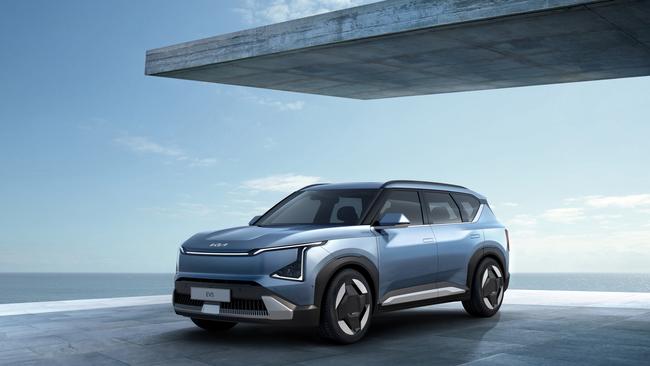
As someone who’s been working frantically at the buzzing centre of electric-vehicle adaptation in this country, you’d imagine Tim Washington, chief executive of charging infrastructure company JET Charge, would be beyond thrilled and possibly overwhelmed by how fast the Australian EV market has taken off in the past two years.
By halfway through 2023, Australians had already bought more than 43,000 new electric vehicles, an EV was the top-selling passenger car, and another was the best-selling SUV. Tesla had also shot past Honda, Volkswagen, Nissan and Isuzu in outright sales.
Despite that, Washington, one of the most passionate and intelligent advocates of EVs you’ll ever meet, says he’s slightly underwhelmed.

“I would actually say that it hasn’t happened as fast as I thought it would, up until recently, but that’s almost a moot point because the pace that we’re living through right now is so ridiculous,” Washington explains.
He says that from when his EV charging business launched in 2013, to now, we’ve gone from EVs being zero per cent of the market to almost eight per cent.
READ THE GREEN LIST: TOP 100 ENERGY PLAYERS
“But the thing is, to reach our targets, in the next 10 years we need to go from eight to 50 per cent of new vehicle sales, and to put that in numbers, we’ve now scaled up to selling about 80,000 EVs a year, but [by] 2030, we need to hit 550,000 a year, which would mean EVs making up 50 per cent of our market,” he says.
“The scary thing is that from then until 2035, we have to jump to selling 1.1 million of them. Because that’s the goal, we’ve committed to net-zero by 2050 – that’s a bipartisan goal now – and with the average car lasting 15 years on the road, that means we have to be selling our last-ever combustion cars by 2035.
“So when you put it on a timeline like that, we feel, at JET Charge, we’ve been scaling so fast, really we’ve been sprinting for 10 years, but realistically we’re not even at the start line yet.”
Washington doesn’t sound tired, or even daunted, as he outlines the mountains the market has yet to climb; instead he sounds excited. And yet he’s got even more cautionary facts to consider as he points out that the truly epic end of the EV challenge, that of the infrastructure required to make mass transit and road transport (rather than just private vehicles) a zero-emission game is more than mind boggling.
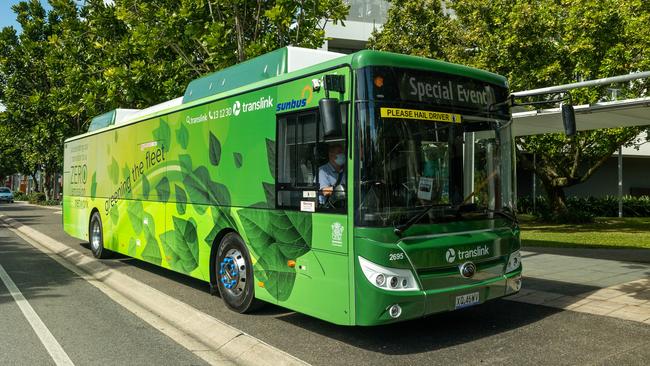
“In terms of home charging for the retail car market, because we have so many people with detached dwellings in this country, that’s not a huge problem – people can get a home charger or plug their vehicle in inside their carport – but the true challenge when it comes to charging things like buses and trucks hasn’t hit us yet,” he says.
“You’re going to have bus and truck charging depots that will require more power than several CBD buildings combined. In fact, one depot of buses could start drawing more power than a university or a hospital.
“Obviously we’ll have things like on-site solar and batteries, but the scale of the challenge is not lost on infrastructure businesses like ours. We’ve been thinking about this for years, but the world moves slowly in the electrical space.”
Ask anyone who actually owns an EV in Australia and has tackled the problem of finding somewhere other than their own driveway to charge it, and electric buses and trucks are not pinging on their frustration radar.
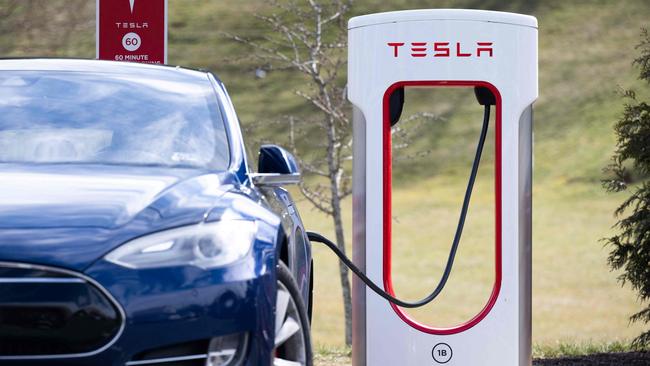
People want to know when it will be not just possible but easy to drive their electric Teslas, Hyundais, Lexuses, BMWs, Mercedes-Benzes, Porsches, Fiats, Kias, Nissans, etc further than 400 kilometres without suffering the horror of range anxiety. In short, why aren’t there more public chargers, and how are their numbers ever going to keep up with a boom in EV sales that’s only just begun?
Washington has some advice that sounds as if it’s coming from a firm parent.
“I’m not a huge believer in compromise, particularly when everyone’s living busy lives, so I’m a bit different to the other EV-angelists. I’d say if someone is going to have to go out of their way to charge an EV, then don’t buy one. If you don’t have off-street parking, don’t get one right now,” he says, bluntly.
“But it’s only a matter of time until that changes, and we’re seeing much quicker turnarounds on charging infrastructure. Over the next two or three years, people will see a dramatic shift in the rollout of that, and I mean dramatic.
“Federal and state governments, through incentive programs, have partnered with charging companies to roll out hundreds and hundreds of fast-charging stations. So you will be able to buy an EV and drive it to the places that most people go, not the remote areas, but the places where 95 per cent of people actually go.
“Companies such as the NRMA, Ampol, the Evie Networks, WA’s Electric Highway … everyone is accelerating their plans and it’s going to make a big difference to the amount of charging stations.”
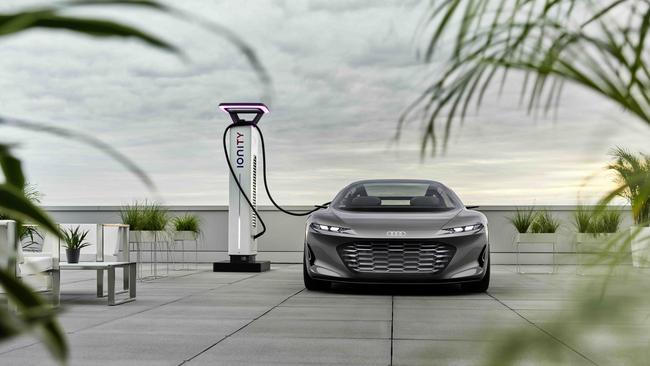
Washington says 2022’s change of federal government made an undeniable difference to the approach to charging infrastructure. However, there’s still plenty to do on educating the public, he says.
The biggest attitude shift is in convincing people that we won’t need as many charging stations as we have petrol stations now, because of one key statistic.
“People tend to think of [EVs] as requiring public charging, but research shows that ... 90 per cent of it is done at home, and that’s the case here and in places like the US and Europe,” Washington says.
“People find that very hard to visualise and they dismiss the idea of charging at home because they find it hard to conceive of, because they are used to going to a petrol station all the time.”
The real game changer for EVs and the way in which they might genuinely transform the way we all live is the one that’s been just around the corner for years now: vehicle-to-grid (V2G) or bidirectional charging.
Imagine a world in which you can fill your car’s battery – perhaps via solar panels on your employer’s roof – and then plug the vehicle into your house and use that power to provide all of your electricity needs for up to three days, while still leaving enough in the car for your commute. And imagine if everyone was doing this – because cars are parked more than 90 per cent of the time – and the grid was smart enough to draw some of the power out of all those vehicles, within seconds, if there was a surge in demand, or grid failure of some kind.
It might sound futuristic, but the Realising Electric Vehicle-To-Grid Services (REVS) program launched in Canberra in 2020, involved Australian National University scientists using 51 Nissan Leaf EVs to prove the validity of V2G and its ability to assist the grid.
Washington has been advocating the wonders of V2G for years and insists it will soon be an Australian reality.
“The problem has been that all bidirectional charging has been based on Japanese protocols, which is why the only cars in Australia that can currently offer it are the Nissan Leaf and Mitsubishi Outlander. But there are hundreds of projects around the world focusing on this and people are now moving to the more popular US and European charging standards. Very soon more cars with bidirectional charging capability will be coming here in droves,” he insists.
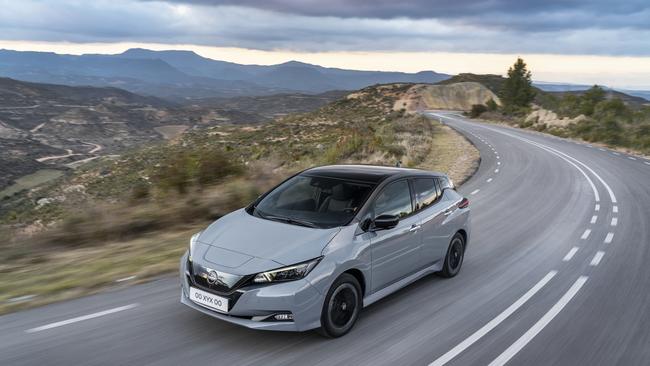
“The Germans are standardising it in their cars, Ford’s F-150 Lightning EV [ute] already has a version of it in the US that can run your house during blackouts, and even Tesla has said that V2G will be in all of its vehicles by 2025.
“[Tesla chief executive] Elon Musk still poo-poos the idea, because he wants to sell Tesla Powerwall batteries [which will be largely redundant once V2G takes off], but his engineers have said they’re going to make all new Teslas V2G capable anyway. When that happens, as you can imagine, everyone will do it as well. So the first residential bidirectional chargers will come at the end of 2024 in Australia, and we’ll see them being installed in people’s homes by the end of next year.”
Partly as a result of the REVS project, the Australian Energy Market Operator (AEMO) published a report predicting that, “in a 100 per cent renewable power scenario, it believes 60 per cent of power storage in Australia will come from batteries in people’s homes and cars in their driveways”.
“In the future, ordinary folk will be active participants in the energy system and will provide a lot of the storage necessary for renewables. Once people get their heads around that idea, it’s like, ‘Wow, we can actually do this’,” Washington adds.
“On a global basis, bidirectional charging is one of the key enablers for a grid powered by renewables.”


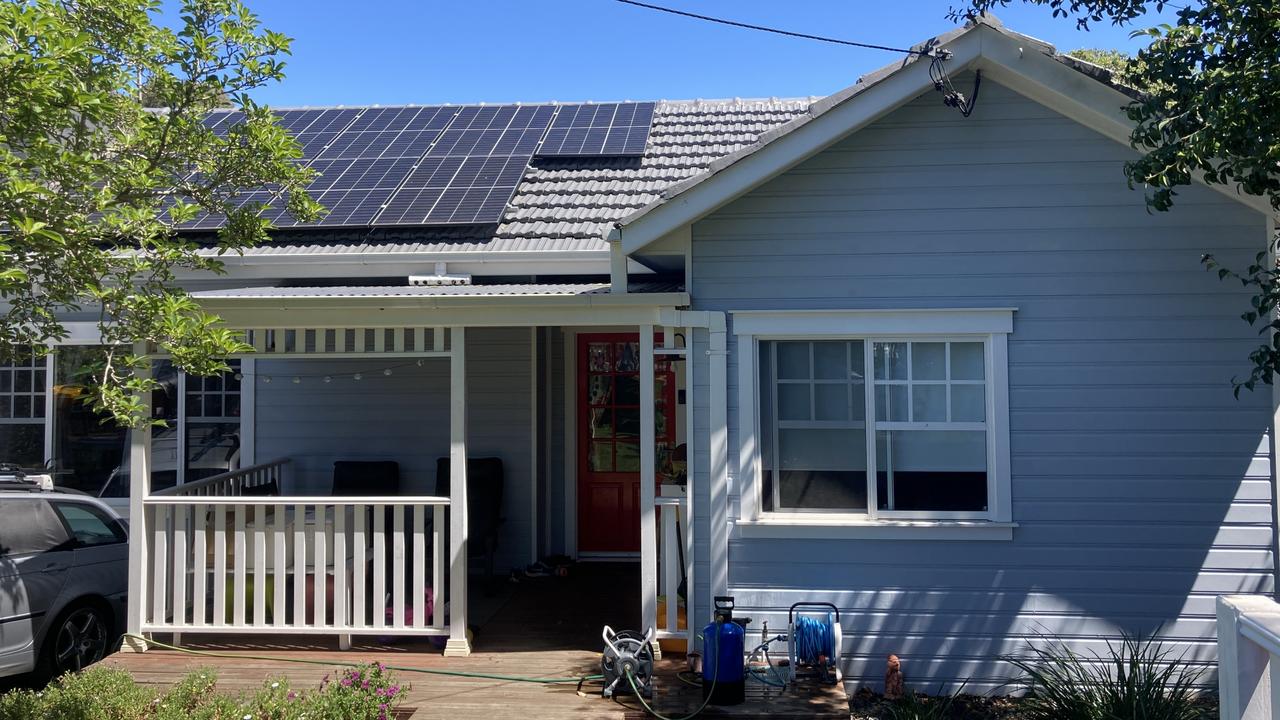
To join the conversation, please log in. Don't have an account? Register
Join the conversation, you are commenting as Logout